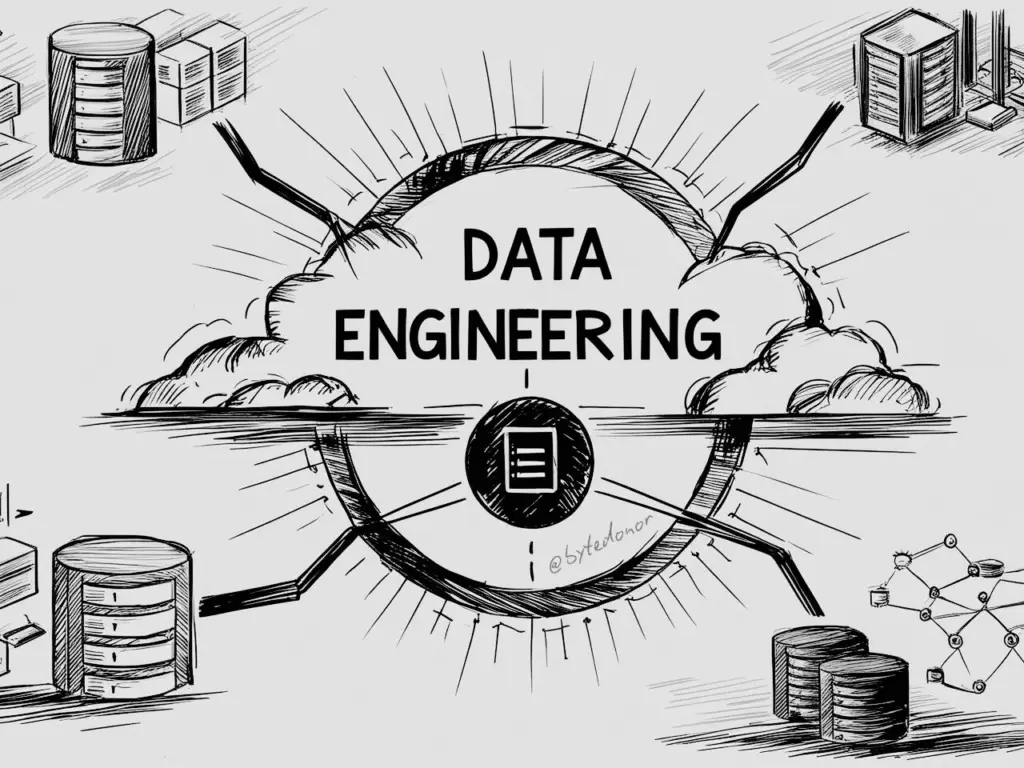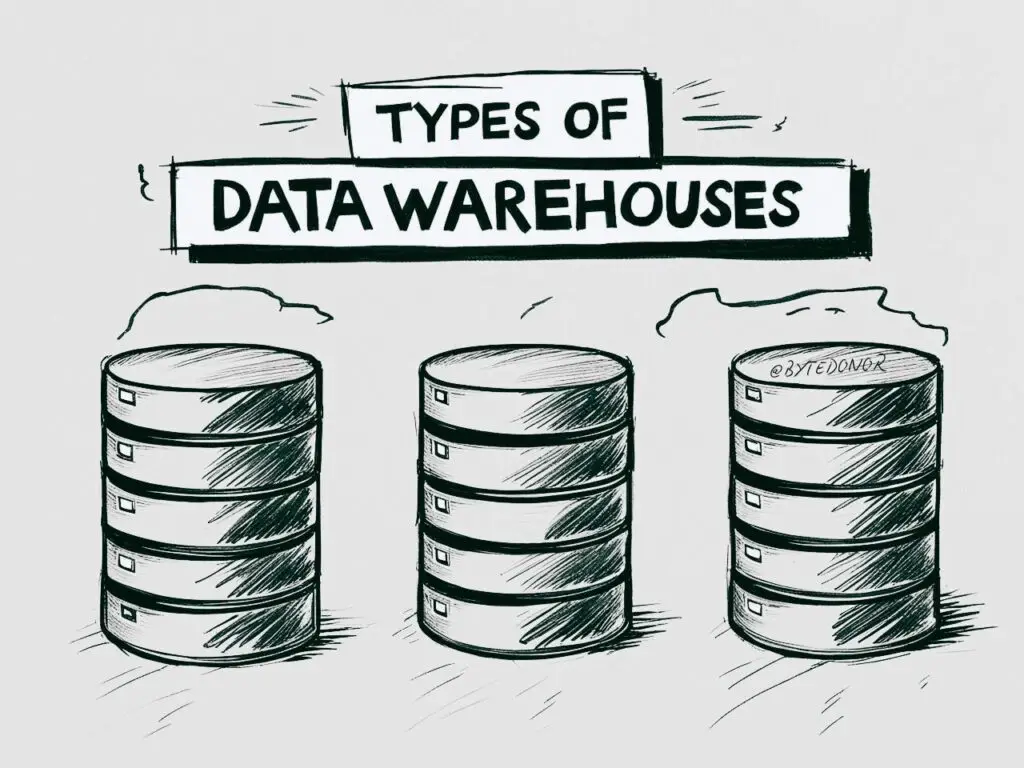D ata is a new form of currency, in one way or another, in a world of technology, it is a widespread statement nowadays that “Data is the innovation of our digital age”, expanding its advancement in every aspect, whether it is being fashioned by a single user or hoarded by an organization or firm. Its importance can be dignified as a word “Data’ suggests a profound meaning as “facts or pieces of information,” we use to warehouse the products of our data mining. However, this pedantic idea is not enough to fully understand what these data systems do.
Let’s dig into more detail to comprehend the significant importance a Data warehouse plays in Data mining.
In Data warehousing and Data mining, multiple storage systems and technologies work simultaneously to assist big companies and organizations, succeeding in soaring their business to high levels and taking business intelligence (BI) initiatives. In today’s world, two of the most renowned technologies are used in data warehouses and data mining. These systems combine to serve organizations with a single source of truth (SSOT) as it aids in gathering existing and historical data for analysis and data-driven decision-making processes.
Contents
What is Data warehousing?

Within an organization, a data warehouse serves as a centralized data repository that assists in integrating a large volume of structured and unstructured data from numerous sources. Significantly, a data warehouse holds a position of versatile storage solution that enables organizations to break down data silos and gather actionable insights to take strategic initiatives.
It empowers an organisation to make decisions based on historical and current data to prevent future inaccuracy. A data warehouse efficiently offers a correlation between data from different sources system hence, regarded as a “centralized data warehouse.” For instance, the purchased order data is stored in one system, and the product information is stored in another system.
ETL (Extraction, Transformation, Loading), this is how a data warehouse works
Data warehouse serves as a centralized hub of information, primarily, focuses on all aspects of data resources, A well-equipped and innovative designed data warehouse architecture serves as a harbor that facilities efficacious extraction, transformation and loading processes, assuring seamless integration of data from disparate sources into a centralized repository for data scientist and data analysis. For instance, a data warehouse assists in e-commerce and different technology-related fields, consolidating data from website interactions, sales transactions, and customer feedback, enabling us to get a more holistic view of customer behavior and market trends. This authorizes business analysts to personalize marketing strategies by enhancing an all-inclusive customer experience.
What is Data Mining?

Data mining is known as “knowledge discovery in databases”; it’s a process of exploring and filtering large datasets to identify useful information and patterns. In this process, various techniques are involved, including machine learning, statistics, and database systems, to unveil hidden insights that cannot be apparent through simple data analysis. Companies and organisations use data mining software to achieve full command of insight knowledge about their customers on a deeper level. It facilities them to incorporate more effective marketing strategies, increase sales, and decrease costs.
How Data Mining Works in a Data Warehouse?
1. Collection of data and Preparation
Within a data warehouse, the primary role of data mining is to gather raw data from various sources and transform it into a cleaned, readable format suitable for analysis that may not be gleaned from large-scale data.
2. Techniques used in data mining
For the identification of patterns and relationships, basic techniques are applied to the data warehouse, such as:
Algorithms: Various algorithms, including clustering, regression analysis, classification, and association rule mining, are included
Example: Clustering can be referred to as a grouping of customers based on their purchasing behavior, while classification helps in predicting which customers are most likely to churn.
3. Pattern Recognition and Knowledge Discovery
The insightful discovery of invaluable and effective information can be achieved through the remarkable process of algorithms uncovering hidden patterns, associations, and new trends within the data.
4. Actions and detailed interpretations
Data mining provides discovered patterns and transforms into a language of data that can be interpreted and translated into a simple form that assists business analysts and data engineers to take informed decisions, enhancing their business strategies and optimizing overall business performance.
Data Warehouses for Data-Mining Analytics
Data mining analytics serves as a foundation for many renown companies like Netflix to carry out their many business decisions.
Such includes, For the better evaluation of the most trending content, how to come up with new promotional strategies that would work best, and which marketing campaigns are going to resonate with subscribers. The massive amounts of data in a centralized location can be stored with the help of data-mining analytics techniques for easy analysis. Data warehouses are considered a felicitous choice for data mining analytics, as they can easily store and make available the data necessary for insights.
A significant role does a Data warehouse performs in Data Mining

The name” data mining” indicates a profound industrial process that collects and extracts large amount of valuable data from mountains of various information. Considerably, within a warehouse, the metaphors break down. Warehouses is a centralized repository that not only work for storing the valuable “data-ore” gathered from the mining process, but also constantly striving for storing and sorting the mountain itself, making warehouses as important utilities, part of a complex procedure for generating invaluable insight, also serves as an indispensable part of the business intelligence to optimize economy.
Data warehousing involves the process of organizing and compiling data into one database, whereas data mining involves fetching important data from the database. Data mining perceives a meaningful pattern through a dependency on the stored data that is compiled in the data warehouse.
In a large centralized system of data warehouse, data can be collected for mining purposes, providing a large storage capacity. Various stored organizational systems can easily be analyzed whenever needed.
Source > Extract > Transform > Load > Target
To handle requests faster, a data warehouse ensures the storage of historical data available for review at any time. making online analytical processing convenient, whereas a database is used to preserve current transactions in a business process, is known as “online transaction processing“.
This process works by extracting data and analyzing it to fetch useful information. Data mining performs a crucial role in researching hidden patterns in databases to predict future behavior. Data mining is useful to indicate and discover relationships in the data.
Data mining enhances task performance by using statistics, artificial intelligence, machine learning systems, and some databases to depict hidden patterns. It assists in solving business-related queries that are time-consuming to resolve. Data warehouses work by collating data from several sources, according to data accuracy, quality, efficiency, and consistency. A System execution is improved by differentiating the process of analytics from traditional databases. In a large space of data warehouse, data is sorted and analyzed into a formatted pattern by type, ensuring as per usage. With the help of query tools, data is examined using several patterns.
Use Cases for Data Warehouses
1) Comprehensive report
Scenario
A CEO wants detailed reporting on the overall performance of the company to evaluate the capability of each department specifically.
Data warehouse role
A data warehouse integrating data from production, sales, marketing and finance This process is underpinned by dataware house centralized repository, which helps in viewing accurate, reliable and elaborated information relating to performance.
2) Customer-based analytics
Scenario
The Company wants to have a report about its targeted customers and their behaviour, based on their valued trends to optimise customer marketing.
Data warehouse role
Data warehousing brings forth a 360-degree customer intelligence capability by consolidating data from disparate channels and systems. Analytics use behavioral segmentation for meticulous targeting, evaluating customer lifetime value trends, building predictive models to estimate churn risks and renewal, and improving customer marketing through campaign measurement and ROI analysis. These data-driven insights support strategic decision-making to enhance customer experience.
3 ) Historical Trend Analysis (HTA)
Scenario
An organisation wants to have an overview of the trends over the past 5 years to sustain long-term strategic achievements.
Data warehouse role
Having a detailed record of historical sales, inventory levels, and other pertinent factors, business analysts can make informed decisions about future needs, hence contributing to increased efficiency and reduced cost.
Conclusion
Consequently, a data warehouse serves as an essential repository center that offers numerous benefits for optimizing data-driven decisions within the company and empowers business analysts to tackle complex queries by delivering a comprehensive overview of historical data records. This, in turn, improves their performance and helps prevent issues by performing a vital role in discovering patterns and trends, leading to valuable business insights. Companies utilize different types of data warehouses tailored to meet their specific objectives and enhance their business intelligence (BI) initiatives. To get a more insightful understanding of the key types of data warehouses, including applications and the primary pros and cons associated with it, refer to my earlier blog post titled “Types of Data Warehouse.“



